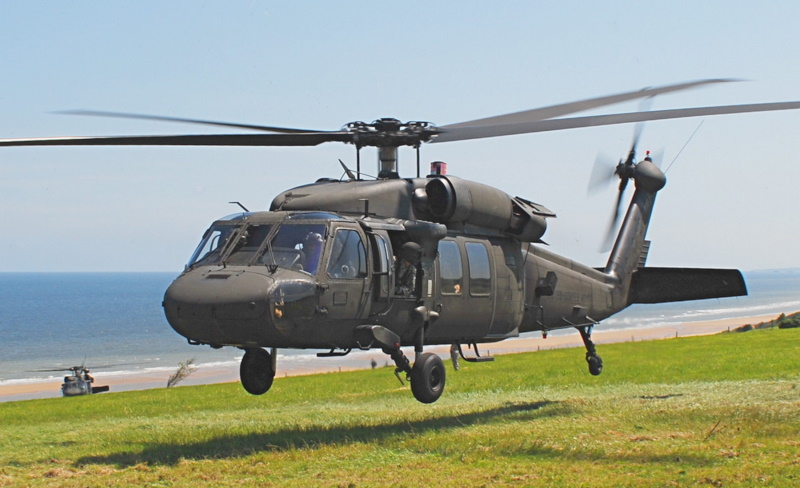Sikorsky S 70: Enhancing Helicopter Effectiveness and Versatility
Sikorsky S 70: Enhancing Helicopter Effectiveness and Versatility
Blog Article
Modernized Vertical Lift System With Advanced Compound Structures and Boosted Security Steps
In the world of vertical lift systems, a substantial change towards modernization has been observed, driven by the integration of innovative composite frameworks and increased security measures. In exploring the merging of modern technology and safety and security in modern lift systems, an engaging story arises, showcasing the capacity for transformative developments that cater to the ever-evolving needs of industrial sectors.
Advancement of Upright Lift Systems

The development of upright lift platforms can be traced back to fundamental wheel systems and early elevator styles. Over time, technologies such as hydraulic systems, electric motors, and progressed control systems have actually greatly improved the effectiveness and safety of these platforms. Manufacturers have actually also concentrated on enhancing the security, reach, and load-bearing abilities of vertical lift platforms to satisfy the varied demands of different industries.
Additionally, the integration of clever innovations like sensing units, IoT connectivity, and automation functions has additionally transformed the capabilities of contemporary vertical lift systems. These technological improvements not only enhance functional efficiency yet likewise ensure increased safety requirements for employees making use of these systems at various heights. The continuous evolution of vertical lift systems emphasizes their vital duty in enhancing vertical flexibility across markets.
Combination of Advanced Composite Structures

Furthermore, the usage of advanced composite materials enables for more complicated and maximized architectural designs, allowing designers to tailor the platform's properties to satisfy details efficiency needs. Overall, the unification of advanced composite frameworks in contemporary vertical lift systems stands for a substantial innovation in aerospace modern technology, leading to more efficient, reliable, and safer airborne transport systems.
Enhanced Safety Steps Application
Applying enhanced safety steps is crucial in ensuring the optimal performance and dependability of contemporary upright lift systems. One vital facet of enhanced safety measures is the integration of advanced sensor innovations to keep an eye on various parameters in real-time.

Market Applications and Advantages
With developments in modern technology and engineering, updated upright lift systems have discovered diverse applications throughout different markets, using substantial benefits in effectiveness and performance. The building industry benefits from vertical lift platforms by making it possible for workers to access elevated locations safely and effectively, boosting general project timelines.
Additionally, upright lift systems play a critical role in the repair and maintenance of facilities such as bridges, power lines, and buildings, allowing professionals to reach hard to reach locations effortlessly (sikorsky s 70). The click to read more aviation market additionally leverages these systems for aircraft maintenance and assembly jobs, improving workflow efficiency and ensuring worker security at heights. Overall, the prevalent adoption of up-to-date vertical lift systems across markets highlights their flexibility and the considerable improvements they give numerous procedures
Future Trends in Lift Platform Technology
Incorporating advanced automation and smart functions, lift platform innovation is positioned to revolutionize upright transportation systems in the near future. One essential trend is the assimilation of Internet of Things (IoT) modern technology, making it possible for lift systems to communicate real-time information for predictive maintenance, enhancing efficiency, and enhancing safety. Expert system and artificial intelligence algorithms are additionally being integrated to analyze patterns, predict possible concerns, and enhance performance. The usage of advanced materials such as carbon fiber composites is on the rise, providing enhanced sturdiness and stamina while minimizing total weight. Boosted precaution, including biometric verification and emergency response systems, are coming to be conventional features to guarantee guest protection. Furthermore, customizable configurations and modular layouts are obtaining popularity, enabling better flexibility to numerous atmospheres and needs. As lift system technology remains to develop, these fads are set to form the future of vertical transportation, making it more efficient, secure, and user-friendly.
Conclusion
To conclude, the up-to-date upright lift system showcases the development of innovation in the industry. By integrating see innovative composite frameworks and improved precaution, this system offers increased performance and safety for various applications. The sector can profit greatly from these improvements, and future fads in lift system technology are most likely to proceed surpassing these technologies for also greater success and performance.
In the world of upright lift systems, a considerable change in the direction of modernization has actually been observed, driven by the integration of innovative composite structures and increased safety and security procedures. The continual evolution of vertical lift platforms emphasizes their important function in enhancing vertical wheelchair across sectors.

The unification of sophisticated composite frameworks in modern upright lift platforms has considerably enhanced their architectural stability and performance abilities. By integrating these innovative composites into the design and building of upright lift platforms, makers can lower total weight, over here increase load-carrying capacity, and improve the system's resilience and longevity.
Applying boosted security measures is essential in guaranteeing the optimum efficiency and dependability of modern upright lift platforms.
Report this page